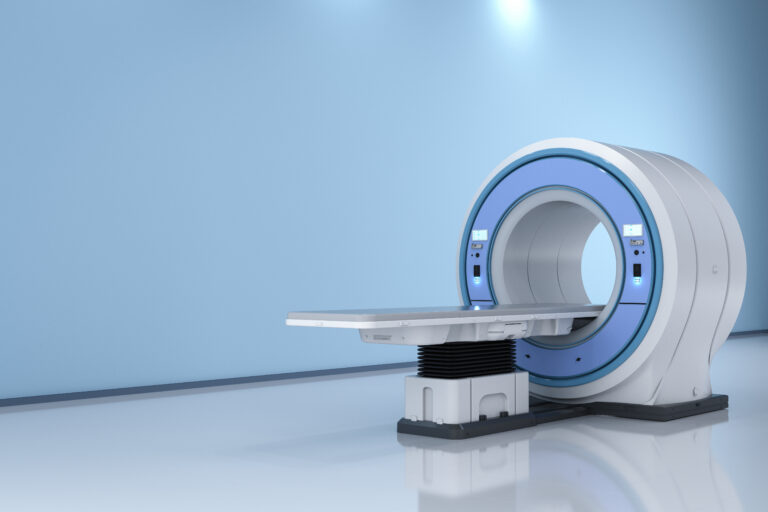Alzheimer’s disease is a devastating condition that affects millions of people worldwide, causing memory loss, confusion, and a decline in the ability to perform everyday tasks. As researchers search for new ways to slow or even reverse these symptoms, one approach that has gained attention is brain stimulation therapy. This article explores what brain stimulation therapy is, the different types being studied for Alzheimer’s, what the science says about their effectiveness, and what patients and families should know.
## What Is Brain Stimulation Therapy?
Brain stimulation therapy involves using devices to send signals to the brain in order to change its activity. The goal is to improve symptoms of brain diseases like Alzheimer’s by boosting the brain’s natural repair processes or by helping it work around damaged areas. There are several types of brain stimulation, and most of the ones being studied for Alzheimer’s are non-invasive, meaning they do not require surgery.
## Types of Brain Stimulation Being Studied for Alzheimer’s
**Light and Sound Stimulation**
One approach uses flashing lights and pulsing sounds at a specific frequency, often 40 Hertz (Hz). This is based on research showing that brain cells naturally fire together at this frequency during certain activities. In animal studies, stimulating the brain at 40 Hz has been shown to increase the activity of proteins important for brain health, boost the brain’s waste-clearing system (called the glymphatic system), and improve blood flow[1]. Early human studies, such as the HOPE study, are testing whether this can help people with mild to moderate Alzheimer’s, but results are still preliminary[1]. Importantly, this method does not directly target the amyloid or tau proteins that build up in Alzheimer’s brains, but instead tries to create a healthier environment for the brain overall[1].
**Photobiomodulation (PBM) Therapy**
PBM uses red or near-infrared light to stimulate brain cells. In animal models, certain wavelengths of light have been shown to help clear away harmful proteins like amyloid-beta, which is a hallmark of Alzheimer’s[2]. The light may work by improving the brain’s waste-clearing system and increasing blood flow, which could help slow cognitive decline[2]. However, most of the evidence comes from animal studies, and results have been mixed. Some studies show benefits, while others do not. Large-scale human trials are still needed to know if PBM is truly effective for Alzheimer’s patients[2].
**Transcranial Pulse Stimulation (TPS)**
TPS is another non-invasive method that uses ultrasound pulses to stimulate the brain. Some clinics claim that TPS can improve cognitive deficits and mood in Alzheimer’s patients, but the scientific evidence is limited and more rigorous studies are needed to confirm these benefits[6].
**Ultrasound Neuromodulation**
A newer technique uses low-intensity ultrasound to stimulate multiple areas of the brain at once. This approach is still in early stages, with most research done in animals. The idea is that stimulating brain networks, rather than single areas, might be more effective for complex diseases like Alzheimer’s. Initial clinical trials are underway to see if this can help with symptoms, but it is too early to say if it works in humans[4].
## What Does the Science Say About Effectiveness?
The evidence for brain stimulation therapy in Alzheimer’s is promising but not yet conclusive. Most studies are small, and many have only been done in animals. Human trials are ongoing, but so far, none of these methods have been proven to stop or reverse Alzheimer’s in large, well-designed studies.
**Light and Sound Stimulation**
Early results from the HOPE study suggest that 40 Hz stimulation might improve some aspects of cognition and daily function in people with mild to moderate Alzheimer’s, but the study is not yet complete and more data are needed[1]. The therapy appears to be safe, with few side effects reported so far.
**Photobiomodulation**
Animal studies show that certain types of light can reduce harmful protein buildup and improve memory, but human studies are lacking[2]. Some small trials have shown modest benefits, but others have found no effect. Until larger studies are done, it is unclear how much this therapy can help people with Alzheimer’s[2].
**Transcranial Pulse Stimulation**
Some clinics report improvements in cognition and mood, but these claims are not yet backed by strong scientific evidence[6]. More research is needed to know if TPS is truly effective.
**Ultrasound Neuromodulation**
This is a very new approach, and while early results in animals are encouraging, it is not yet clear if it will work in humans[4]. Clinical trials are just beginning, so it will be several years before we know if this method is safe and effective.
## How Does Brain Stimulation Compare to Other Alzheimer’s Treatments?
Currently, the main treatments for Alzheimer’s are medications that temporarily improve symptoms, such as donepezil, rivastigmine, and memantine. Newer drugs like lecanemab aim to slow the disease by targeting amyloid plaques, but their benefits are modest and come with risks[3]. Brain stimulation therapies are different because they do not rely on drugs and may have fewer side effects. However, they are not yet proven to be as effective as the best available medications.
## What Should Patients and Families Know?
Brain stimulation therapy for Alzheimer’s is an exciting area of research, but it is still experimental. None of these methods are approved as standard treatments, and most are only available through clinical trials. Patients interested in trying brain stimulation should talk to their doctor and consider joining a research study if possible. It is also important to be cautious of clinics or devices that claim dramatic results without strong scientific evidence.
## The Future of Brain Stimulation for Alzheimer’s
Researchers are working hard to understand how different types of brain stimulation might help people with Alzheimer’s. As more studies are completed, we will have a clearer picture of which methods are safe and effective. For now, brain stimulation remains a hopeful but unproven option for treating this challenging disease.
## Sources
[1] BrightFocus Foundation. Non-Invasive Light and Sound Stimulation Therapy in Alzheimer’s: Update on HOPE Study.
[2] Translational Neurodegeneration. Targeting the glymphatic system: Aβ accumulation and phototherapy.
[3] UCSF Alzheimer’s Disease Clinical Trials.
[4] News-Medical. New ultrasound technique used to stimulate multiple locations in the brain simultaneously.
[6] Alzheimer’s Clinics. TPS® Clinical Evidence.





